 Since last year, I’ve been interacting with author Sharath Komarraju who has become a guide and a friend over Google chat. He furiously pens down books and blogs on writing, mythology as well as money. Here’s his fab post on narrative. Take his advice, he’s good.
Since last year, I’ve been interacting with author Sharath Komarraju who has become a guide and a friend over Google chat. He furiously pens down books and blogs on writing, mythology as well as money. Here’s his fab post on narrative. Take his advice, he’s good.
Fiction is made of two kinds of writing: narrative and dialogue. That is the most simple classification one could make; some would say narrative is different from description which is different from exposition and so on, but for me that ís splitting hairs. There is the stuff with speech, and there is the stuff without. Easy. In this post I am going to tell you some golden rules of writing narrative.
- Write in Active Sentences
This is the first leap out of the comfort zone that a writer must take. It sounds redundant to mention that fiction should be full of action, but you will be surprised if you go back and read your work to find how many ‘inactive’ sentences you’ve written. The problem is that in our speech and in other forms of writing, the active voice is not mandatory and is rarely used, so we fall into this cozy world of weak verbs and passive sentences. This is the main reason why writers who begin writing fiction find that their work lacks strength. It is because they do not use the active voice enough.
One thing I always aim to do when I sit down to write a story is to make every sentence I write an active sentence. Every time I am tempted to write something blasphemous like ‘There was a row of trees on both sides of him’, I slap myself on the wrist and change it to ‘A row of trees stood on both sides of him’. Remember, active sentences use strong verbs, and the more of them you use, the more polished your narrative becomes.
- Include specific, sensory detail
Sight, sound, smell, touch and taste – these are the five means through which we perceive the world around us. When you go to a flower garden and sit down on a bed of roses, you don’t just feel the softness of the petals on your fingers. You hold it up to your nose and it reminds you of the first time you got tickled by the rose in your mother’s hair when she carried you to bed. The spotless white (or is it red?) for some reason makes you want to prick the ball of your thumbs with a needle and squeeze out a drop of fresh blood just to watch it fall on the petal and dissolve into a baby pink spot. When you snap the stem of the rose in two, it sounds very much like your arm did all those years ago when you got pushed down a flight of stairs.
This kind of detail is the lifeblood of fiction. Your characters are human beings like you, and like you they will sense things wherever they go and whatever they do. With each sensory input they will make associations that will link them to their pasts, and they will make decisions that will influence their futures. This is where as a writer you find your voice, in the details that you notice, in the things you show your readers, in the images you build for them.
This is another skill that can be developed with practice. One thing I like to do is think of an item in terms of senses that we generally don’t associate it with. For instance, can you describe the sound of a petal being plucked from a flower? Or the touch of a jalebi on your hand when you pick it up?
- Take care with adjectives and adverbs
With adverbs the rule is simple: do not use them. As a beginning writer, tell yourself not to use adverbs at all in your writing. What this will do is force on you the responsibility of choosing the right verb. Also, what an adverb does is the opposite of what we think it does. We think it will make the meaning clearer and the writing tighter, but in practice it just makes your sentences longer without adding anything of value. The easiest way to make your writing tighter is to run through your first draft and cut out every adverb that you’ve used. (And by adverbs, I mean the words that end in ‘ly’, those things that claim to describe the verb.)
With adjectives it’s hard to be so autocratic, so I won’t say don’t use them at all. But do make your choice wisely. Ninety-nine times out of a hundred, opt for the descriptive adjective over the emotive or judgmental one. So words like ’round’, ‘pale’, ‘thin’, ‘stocky’, ‘soft’ and ‘white’ are to be preferred over words like ‘happy’, ‘sad’, ‘good’, ‘selfish’and so on. Any adjective that builds the image youíre trying to plant in your readerís head is good. Any adjective that tells the reader what to think is bad.
- Be invisible
I cannot emphasize this enough. As a story-teller, your most basic responsibility is to maintain the fictive dream, to make your reader lose himself in your world. I know the temptation to slip in a wisecrack here or an aphorism there, but by all means, whatever you do and however you do it, resist it. Accept that if you write fiction, you will be in the background most of the time. You’re writing about your characters; let them take center-stage. Focus on their experiences, their wants, their struggles. You’re just a story-teller. Stay out of sight. Don’t worry. Your readers wonít miss you.
If you’re thinking why I’ve not included the much-repeated adage, ‘Show, don’t tell’ here, it is because showing and not telling happens as a consequence of writing well. It’s not a technique by itself. If you follow the above four guidelines in your narrative; if you write sensually, if you write in strong, active sentences, if you write tightly, if you remember to be invisible and allow your story to take the spotlight, you wonít have to worry about showing and not telling. It will happen as if on its own. I guarantee it.
For more from Sharath, check out his site
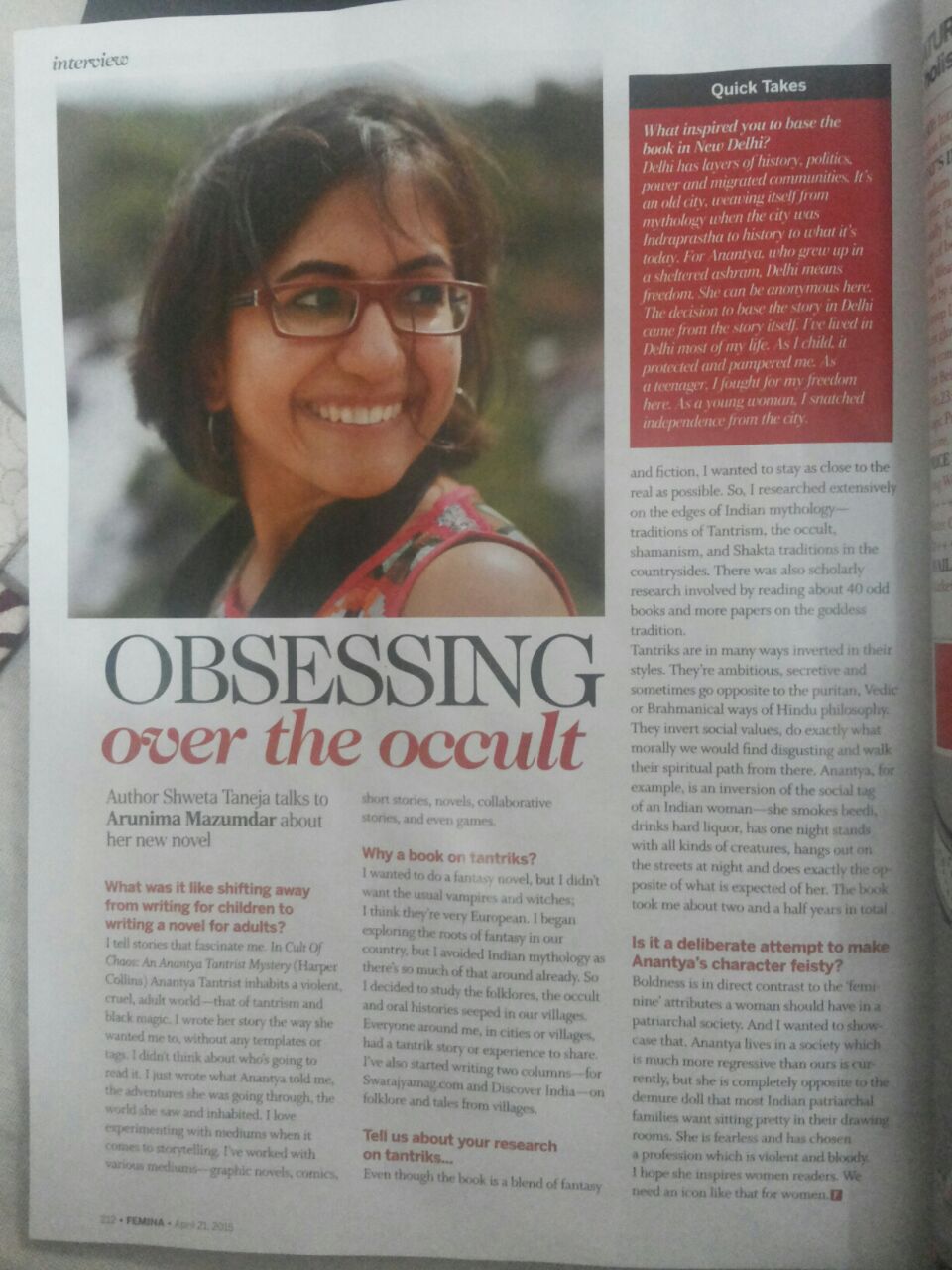

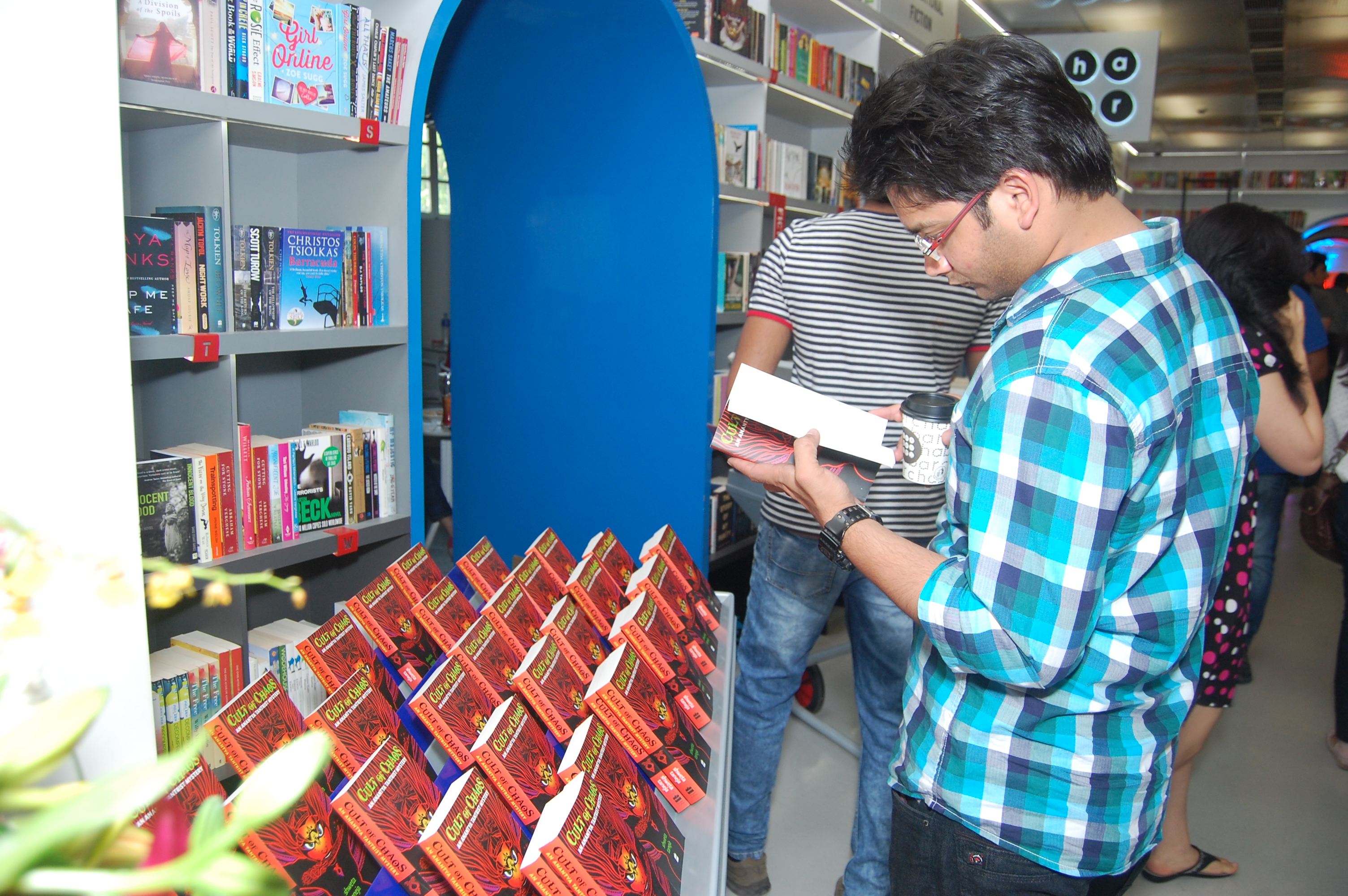
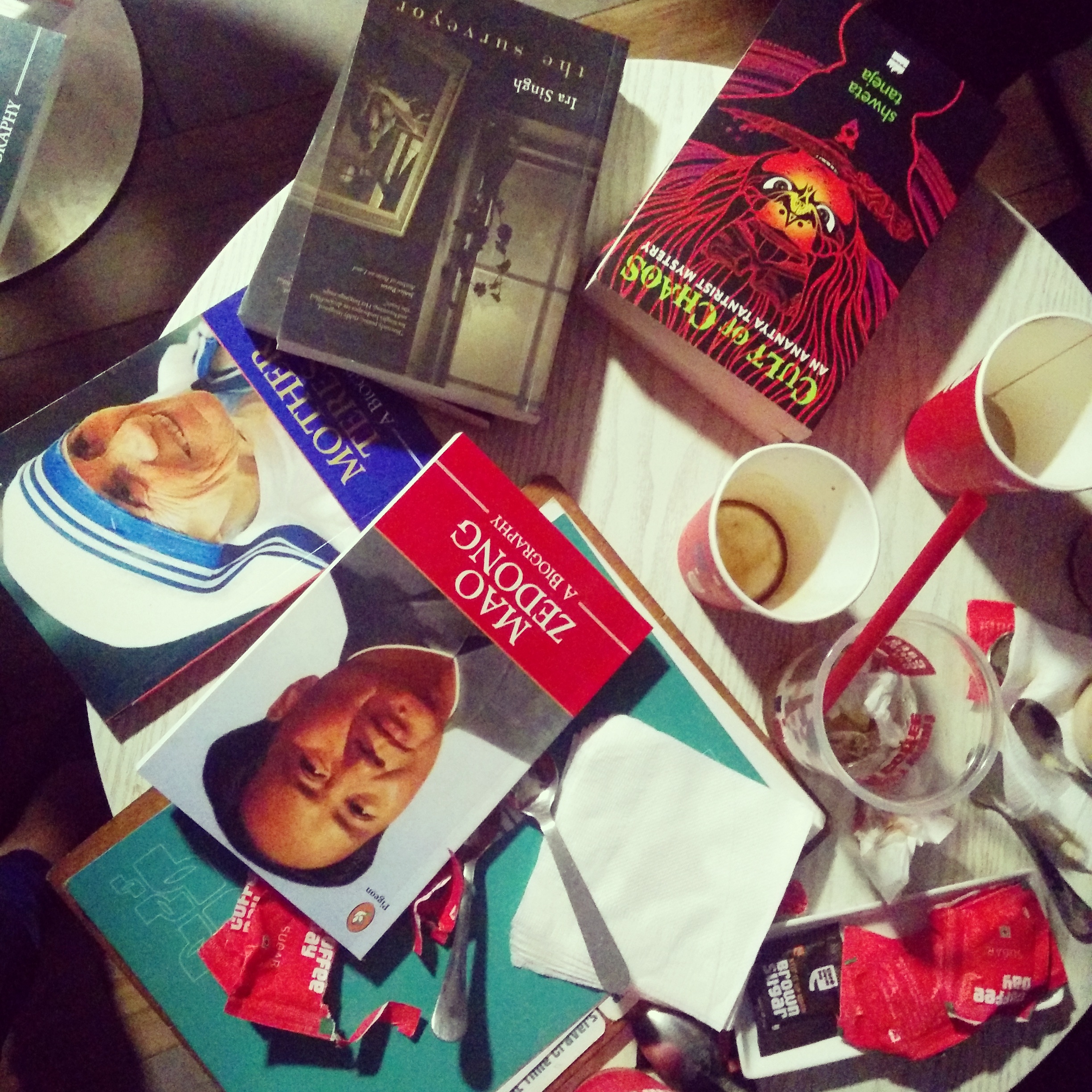
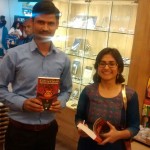
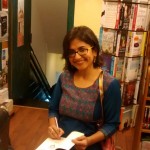
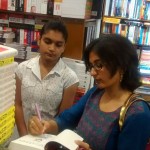
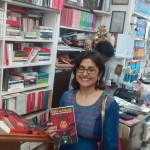

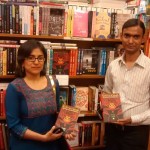
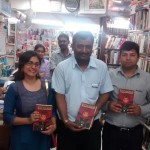

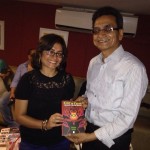

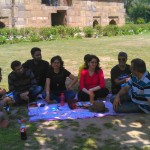
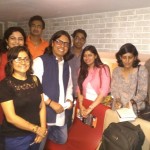

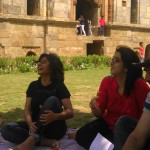



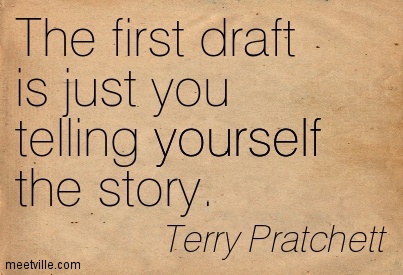 The Amazing Maurice is a fantasy book. Of course, everyone knows that fantasy is ‘all about’ wizards, but by now, I hope, everyone with any intelligence knows that, er, what everyone knows…is wrong.
The Amazing Maurice is a fantasy book. Of course, everyone knows that fantasy is ‘all about’ wizards, but by now, I hope, everyone with any intelligence knows that, er, what everyone knows…is wrong.




 Since last year, I’ve been interacting with author
Since last year, I’ve been interacting with author 
